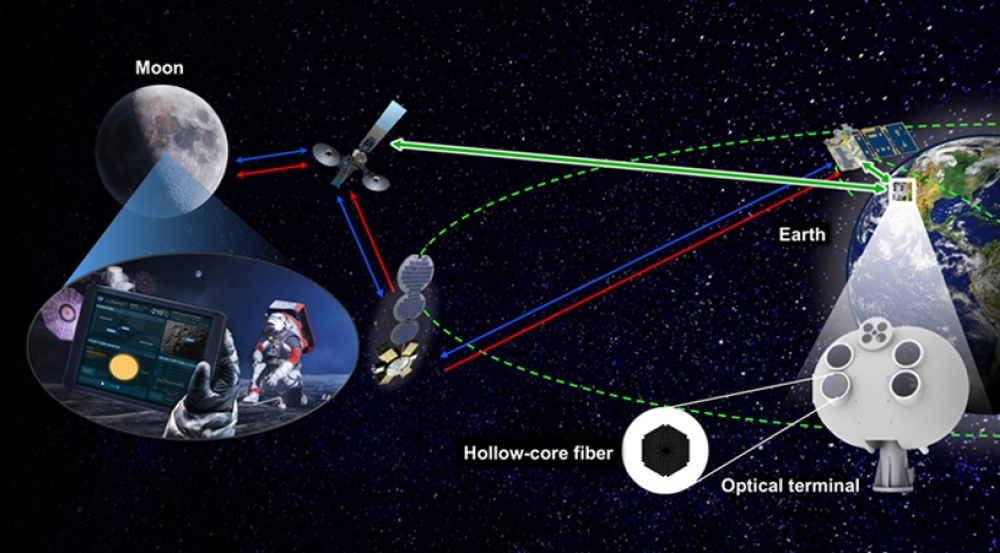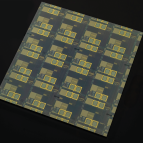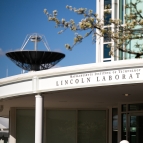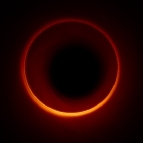Guiding Light in Air-Filled Fibers for Long-Distance Lasercom

NASA is pursuing laser communications (lasercom) as a way to communicate across the vast expanse of the solar system. Traditionally, NASA has relied on radio waves to send data to and from space, but laser beams of near-infrared light can send data significantly farther using the same power at a given data rate. Sending data through free space over long distances requires transmitting high-power light from optical ground terminals. These terminals are currently constructed with silica (glass) solid-core fibers, the same kind used throughout the world as the backbone of the internet. However, solid-core fiber is not ideal for use at high power, as nonlinear effects arise — the strong electric field of the light particles changes silica’s optical properties, in turn altering the frequency of the input light beam and ultimately limiting the data rate.
At Lincoln Laboratory, researchers are exploring a solution to this limitation: hollow-core photonic crystal fibers. These fibers guide high-power light in engineered air holes. Because most of the light is propagating in air rather than in glass, nonlinear effects are greatly reduced. The team investigated several commercially available hollow-core photonic crystal fibers, each with different air hole sizes, locations, and spacing. Guiding high-power light through the optimal hollow-core fiber improved the bit error rate by 12 decibels (~16x improvement), as compared to solid-core fiber of the same length. The bit error rate indicates the quality of data transmission: the number of bits incorrectly received divided by the total number of bits transmitted. This rate increases with transmission distance because of space diffraction loss. The team also determined the best way to splice the fibers for integration into existing lasercom terminals. This work will help inform the design of next-generation lasercom terminals for high-power applications.



